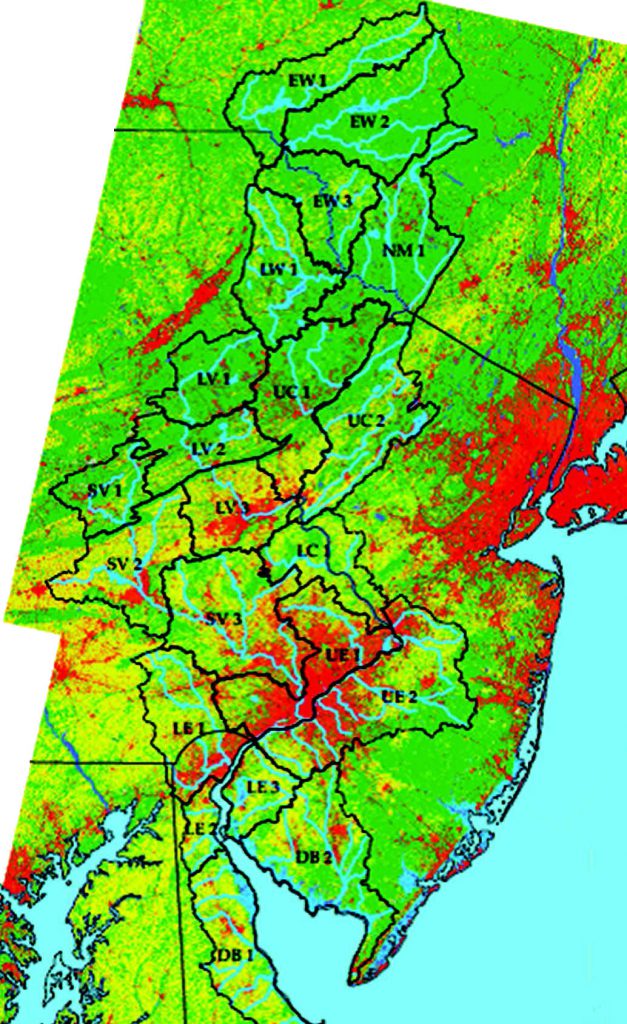Economic Value of Nature and Ecosystems in the Delaware River Basin

Watershed boundaries are outlined in black
To read more visit Economic Value of Nature and Ecosystems in the Delaware River Basin (2016)
Jerry Kauffman, University of Delaware Water Resources Center, Newark, Del.

